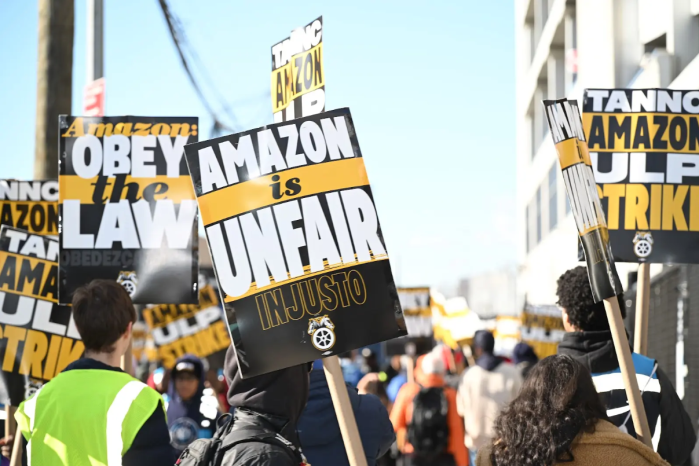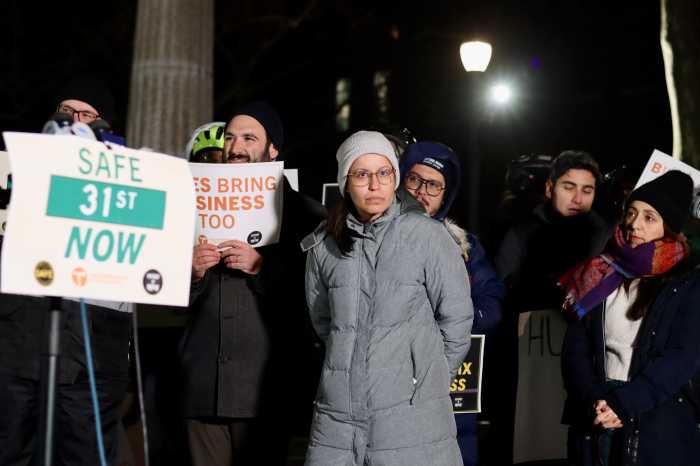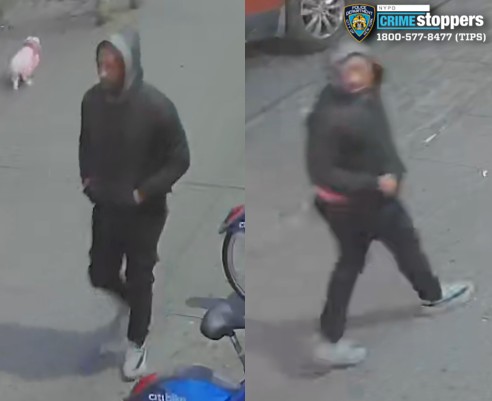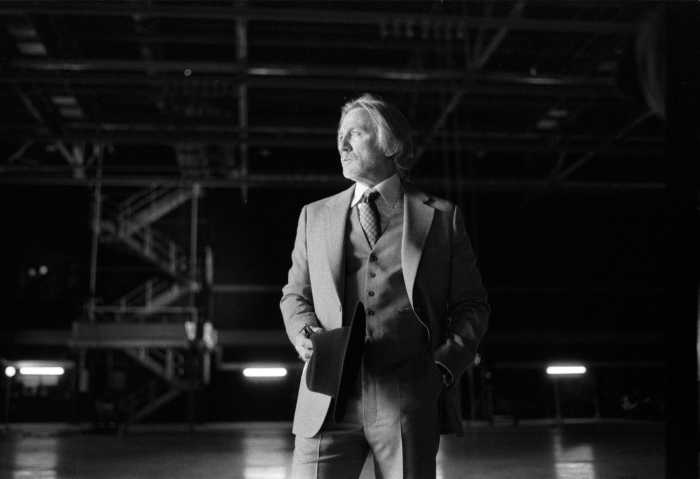By Madina Toure
Elected officials and community leaders said it was a combination of numerous issues affecting Flushing that ultimately caused the city to put its plan to rezone Flushing West on hold.
Mayor Bill de Blasio’s proposal sought to clean up and rezone 60 acres on the Flushing waterfront and form a planned community with waterfront access for its housing and commercial space.
The 32-acre study area runs from Prince Street to Flushing Creek on the west, Roosevelt Avenue on the south and Northern Boulevard on the north. The proposal would have created 1,600 units of housing in the area.
The mayor decided to temporarily halt the proposal just days after Councilman Peter Koo (D-Flushing) wrote a letter to City Planning Chairman Carl Weisbrod asking for the project to be withdrawn.
De Blasio’s plan aims to create and preserve 200,000 units of affordable housing in the five boroughs over the next decade.
Austin Finan, a spokesman for de Blasio, said the city will work with the community to refine the proposal.
“We are continuing to work with the community to address the important quality of life and planning issues that are unique to Flushing,” Finan said.
In a letter dated May 27 to Koo, Weisbrod said the councilman had raised some important quality-of-life and planning issues unique to Flushing and that the city would focus on planning efforts in other neighborhoods.
“We agree that it would not be prudent to move forward with a neighborhood planning strategy that cannot adequately achieve these goals,” Weisbrod wrote. “We will continue to work with you and community stakeholders to determine if solutions to these issues are plausible.”
A City Planning spokesman said the city could revisit Flushing West if the underlying challenges—the Federal Aviation Administration flight paths and remediation in Flushing Creek—are resolved.
In his letter, also dated May 27, Koo asked Weisbrod to withdraw the plan and said he submitted scoping comments in December 2015 in response to the draft environmental impact statement for Flushing West.
Koo’s main concerns centered on environmental issues, including air quality, noise and the need to remediate Flushing Creek where new residents would live as well as rerouting the pre-2012 LaGuardia Airport flight path over Flushing Meadows Corona Park instead of downtown Flushing.
“From day one, I’ve said that before we attempt to rezone this community, we need to have commitments to infrastructure, affordable housing, transit and traffic improvements,” Koo said.
Other issues were creating new school capacity and addressing streetscape infrastructure, road repair, bus terminals and the capacity of the No. 7 train.
The Greater Flushing Chamber of Commerce, for its part, was disappointed by the announcement.
“We are a diverse community of hard working entrepreneurs, immigrants, and visionaries,” Simon Gerson, the chamber’s president, said. “In that respect, this unfortunate decision shows that the city never really made an effort to understand who we are.”
Joe Sweeney, chairman of Community Board 7’s land use committee for Flushing West, said he agreed with state Sen. Tony Avella (D-Bayside) and state Assemblyman Ron Kim (D-Flushing) when they announced their opposition, but Koo’s announcement has more weight given that such a plan would go to City Council upon approval.
“He (Koo) listened and he listened and listened,” he continued. “This wasn’t just a decision that he made overnight.”
Avella, the first elected official to call for the plan to be withdrawn, said putting an additional development next to the already overburdened 7 subway line was a bad move.
“I’m glad that City Planning finally came to realize that this was an awful plan and I don’t blame them,” he said. “This was the mayor’s proposal, so I’m glad that City Planning finally convinced the mayor that this was just insane.”
Kim said smart infrastructure development must precede additional housing.
“When we have these types of rezoning opportunities, we have to make sure that city and state agencies are on the same page and I hope that we can go back and come up with a better long-term solution for the future of Flushing,” he said.
Reach reporter Madina Toure by e-mail at mtour




































